What is Altitude Sickness
What is altitude sickness?
Plateau reaction (ie, altitude sickness) refers to the discomfort happens when people who are unadapted to the high altitude conditions quickly enter the plateau area above 3,000 meters. Due to the decrease of oxygen partial pressure in the atmosphere, the body's tolerance to low oxygen environment is reduced, and it is difficult to adapt to the lack of oxygen, thus triggering a series of uncomfortable feelings. In addition to the factors of high altitude hypoxia, there is also unpleasant weather such as wind, rain, snow, coldness and strong ultraviolet radiation, etc., which can aggravate the inability of the plateau adaptation and trigger various plateau disorders.
Plateau oxygenation features:
As indicated in the picture, as the altitude increases, the oxygen content decreases, the atmospheric pressure decreases, and the change from 1 km to 5 km is particularly noticeable.
Acute altitude sickness symptoms
After entering the altitude of 3048 meters for the first time, altitude sickness occurs to about 75% of people within 24 hours: headache, dizziness, vertigo, tinnitus, malaise, difficulty walking, insomnia, etc. Severe cases with palpitation, shortness of breath, chest tightness, purple lips or facial edema; abdominal distension, poor appetite, nausea, and other symptoms of altitude sickness.
Why do you have symptoms of altitude sickness?
Essentially, it is an acute anoxic response. It should be known that oxygen is carried by blood in the body. For patients with major bleeding, it is often caused by a series of ischemia and hypoxia. For people who are simply hypoxic, the body will initiate a reaction similar to acute ischemia. That is, the relative blood is not enough. When the oxygen content cannot be increased immediately, the body immediately finds ways to increase oxygen intake and blood supply, and initiate blood redistribution to ensure that the most important organs receive blood supply preferentially—which is substantially a kind of stress.
The first thing that happens is that the heart rate speeds up. The body will think that the faster the heartbeat, the more blood can be used for other organs, so the people who go to the plateau will have higher basic heart rate. Afterwards, some activities that are not important in low-altitude areas (such as walking) may be laborious in the plateau and cause the heart rate hundreds of times faster. A little activity may reach the stimulation heart rate, which can be calculated by this formula: (220-age) × 0.85. This kind of heart rate will make people feel that the chest area is pounding uncomfortably. It feels like the heart almost to jumps out. In fact, it is called palpitations. In addition, in order to increase the amount of oxygen absorption, the body will breathe even harder, which cause difficulty breathing, chest tightness and chest pain.
Rate of altitude sickness
The incidence rate below 3,500 meters accounts for about 37%.
The incidence rate of 3,600 meters---5,000 meters is 50%.
Conclusion: The higher the altitude, the higher the incidence of altitude sickness.
Acute altitude sickness
Excessive mental stress, fatigue, infection, malnutrition, etc. When it adapts quickly to the hypoxia environment in the plateau, the body undergoes compensatory changes. Firstly, it increases the contraction of the heart to increase the stroke volume per minute. It also increases the amount of red blood cells and hemoglobin to increase oxygen transportation capacity. It is impossible to establish adaptability in a short period of time and it is very easy to get altitude sickness.
How to tell whether you are having an altitude sickness or not
Symptoms include: severe headache, palpitation, difficult breathing, chest tightness, nausea, purple lips or nails. You can also lose consciousness and have cognitive decline (computational difficulties). Delusion and following others without a knowing it can happen too.
Prevention of altitude sickness and suggestions
Comprehensive physical examination: People with severe anemia, high blood pressure, obvious heart, liver, lung, kidney and other diseases, should not go to the plateau. Obese people have higher oxygen consumption, and the chance of acute and chronic high altitude disease is greater than that of thinner people. When you first enter the plateau, you need to reduce physical activities and stay relaxed, which can effectively prevent altitude sickness. Food should be easy to digest such as carbohydrates.
Drinking is strongly suggested to stop, since it can overburden the heart and increase the chances of heart failure and high altitude cerebral edema. Please try to drink at least 3-4 liters of water a day to relieve the symptoms by enhancing better metabolism.
Acute mild high altitude disease
Some people who first entered the plateau, at an altitude of 3,000 meters, may have slight headaches, dizziness, vertigo, tinnitus, malaise, difficulty walking, and difficulty falling asleep within 24 hours. In severe cases, abdominal distension, loss of appetite, nausea, vomiting, and palpitation, shortness of breath, chest tightness, complexion and purple lips or facial edema. If you have these symptoms, you should stop at the original height for 3 to 5 days, or move to a place where is a few hundred meters lower, generally you will be back to normal. It has been reported that the incidence rate below 3,500 meters accounts for 37% to 51%, and the incidence rate of 3,600 meters to 5,000 meters is 50%. This indicates that the higher the altitude, the higher the incidence of altitude sickness.
Plateau killer: pulmonary edema
The incidence rate is high up to about 3% and it happens quickly when you reach 2,500 meters above sea level. It usually takes place over 4,000 meters. Rapid onset occurs 3 to 48 hours after arrival, and it can be latent for 3-10 days.
Main triggers: tiredness, colds, and respiratory infections.
People who have recurrent episodes of high altitude pulmonary edema are susceptible. Men are 5 times more likely to be infected than women.
Symptoms include: headache, chest tightness, coughing, difficulty breathing, having difficulty lying down, blood phlegm, lung screw. The patient can be terrified, flustered, cyanotic in the lips, and even hematuria or unconsciousness.
Prognosis: The condition can deteriorate rapidly and cause a coma and death within a few hours.
Plateau killer: Brain Edema.
In 1962, 75% of Indian soldiers died having acute altitude sickness due to Cerebral Edema.
Cause: Excessive breathing in an oxygen-deficient environment increases the amount of carbon dioxide exhaled, leading to respiratory sputum poisoning. Respiratory alkalosis causes cerebral vasoconstriction, loss of consciousness, and high altitude Cerebral Edema.
Altitude and Cerebral Edema happen to a small number of people who have entered more than 3,500 meters. The incidence of 3,500 ~ 4,000 meters is 11.9%. The incidence of 4,000 to 4,500 meters is 28.4%. The incidence of 4,500 to 5,110 meters is 59.7%. Generally, it occurs within 1 to 10 days after entering the plateau. Acute onset often happens at night with a low incidence and high mortality.
Symptoms: In addition to early altitude sickness, it can also cause severe headache and vomiting, wandering, loss of orientation, loss of memory, hallucinations or mental disorders, individual convulsions, and finally lethargy to coma. A small number of people can have retinal hemorrhage.
Plateau sickness emergency aid:
1. For patients with mild to moderate high altitude pulmonary edema or a shallow coma, if the person is treated continuously on the way and can be delivered to an area with better medical conditions at areas below 4,000M within 12 hours, it is feasible to deliver them.
2.For critically ill patients, it is advisable to rescue them on the spot. When the condition is stable and the life-threatening danger is removed, they should be transferred to the lowlands or plains for further treatment.
3. If there is difficulty in local treatment, you should contact the designated medical institution promptly and ask the medical team for support. If the casualty is critical and need to be transferred, the medical institution should be requested to send a staff member in advance to facilitate the local hospital or clinic with the rescue along the way.








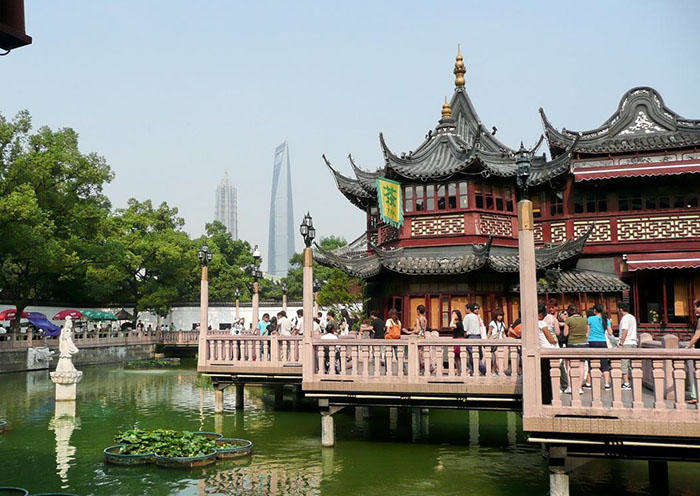
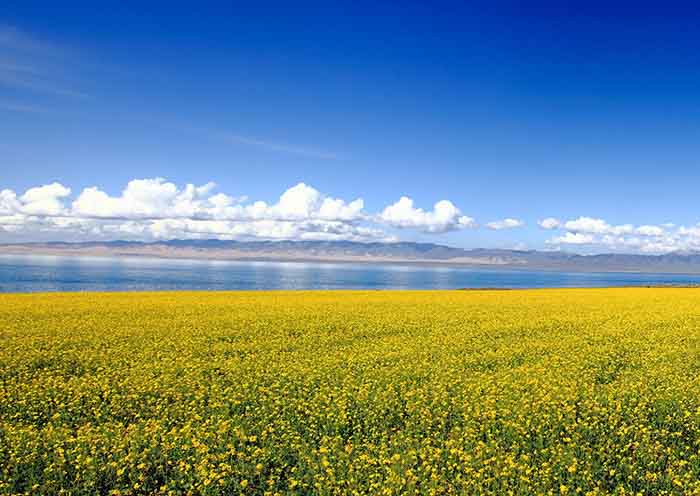
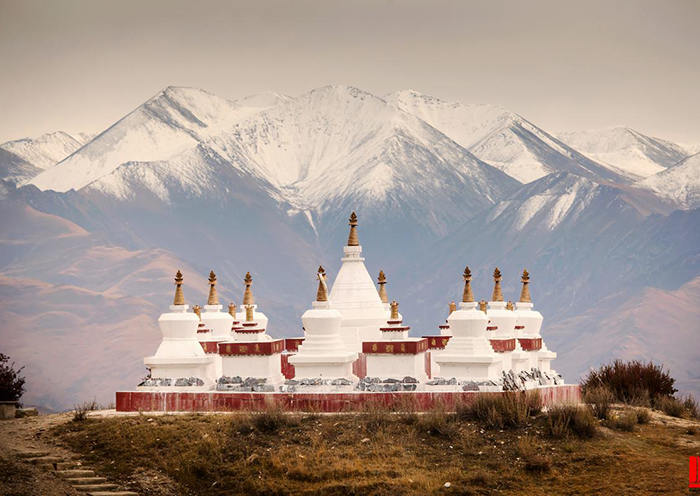
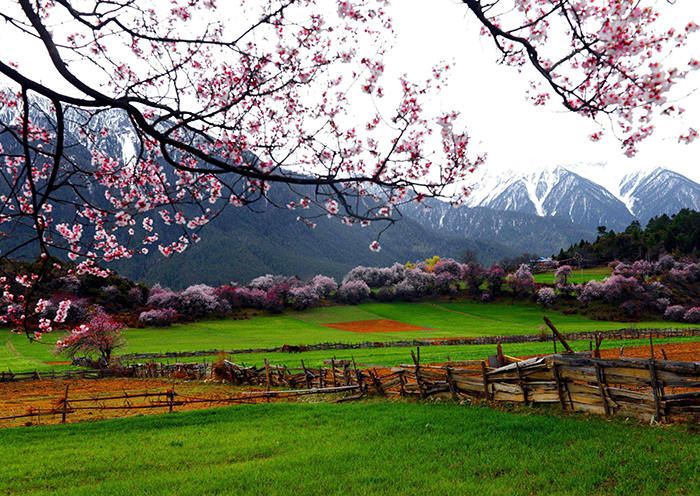
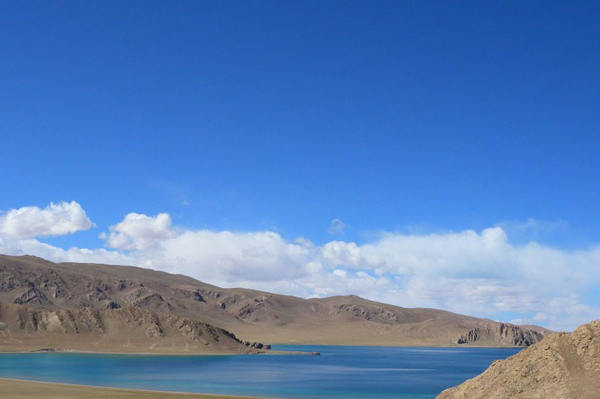
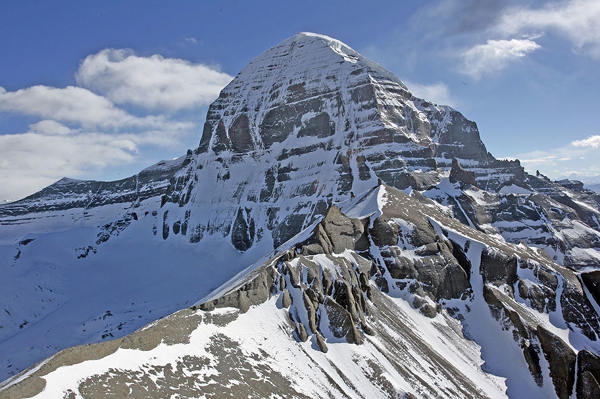

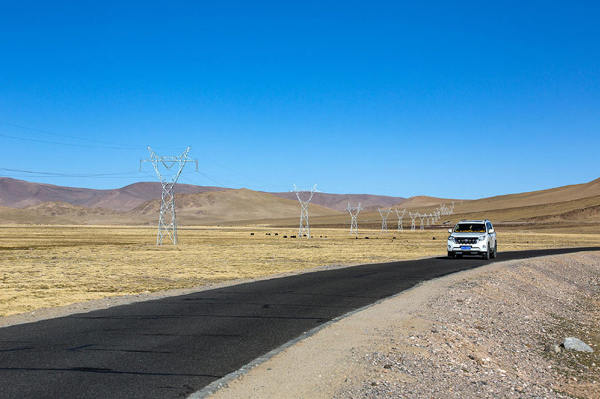



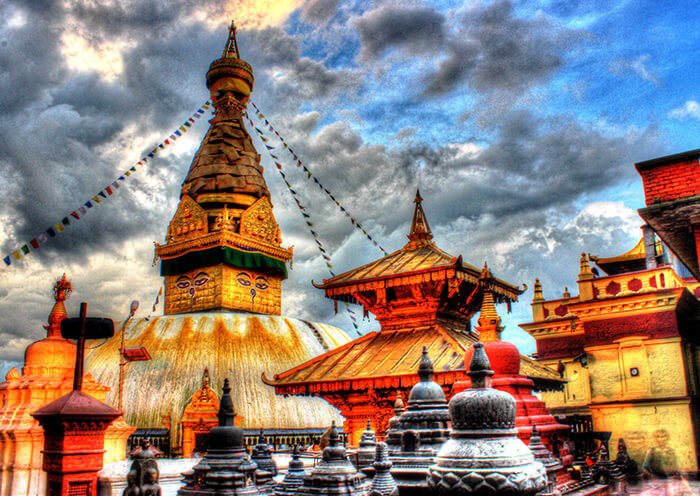
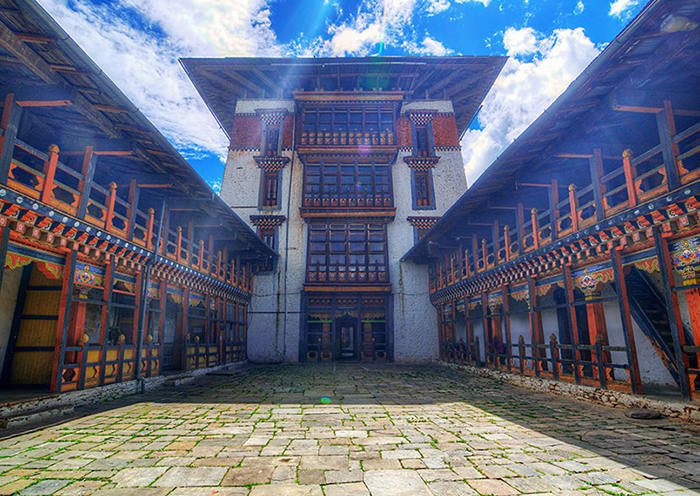

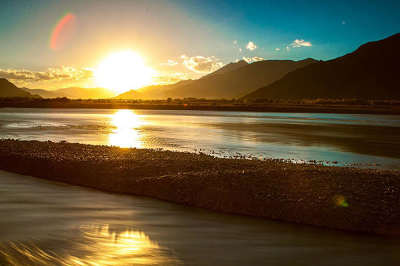


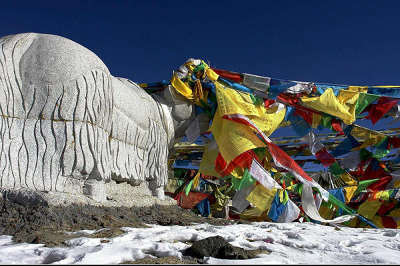

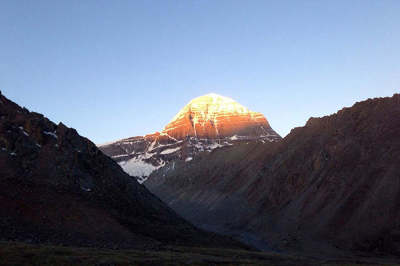
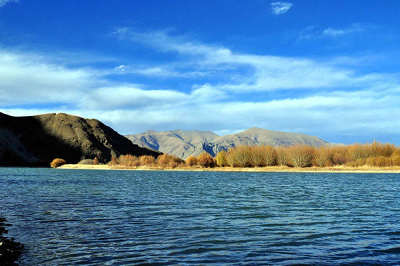

 Data in submission...
Data in submission...